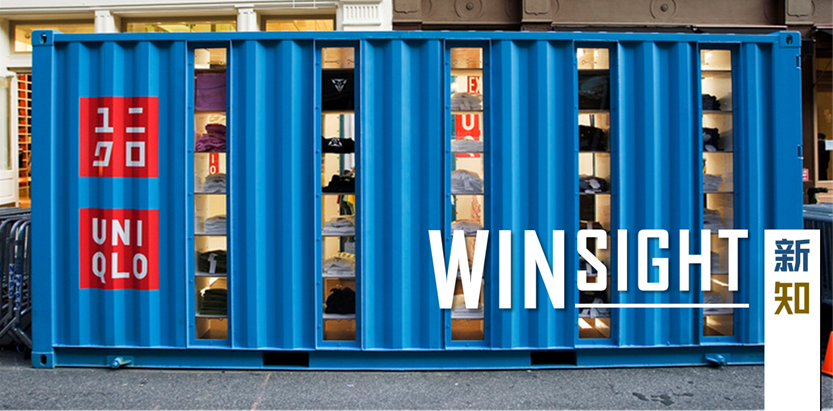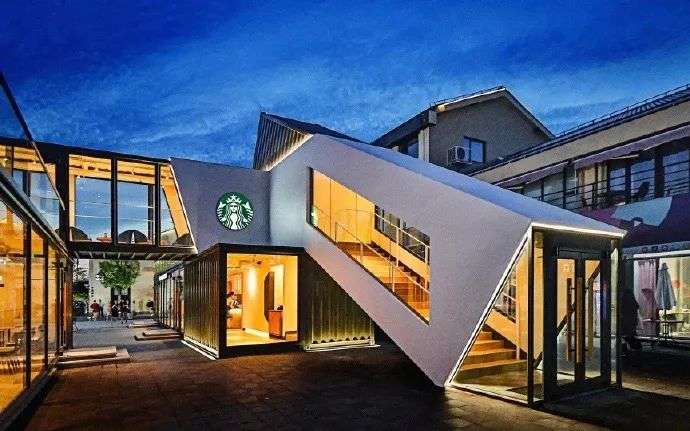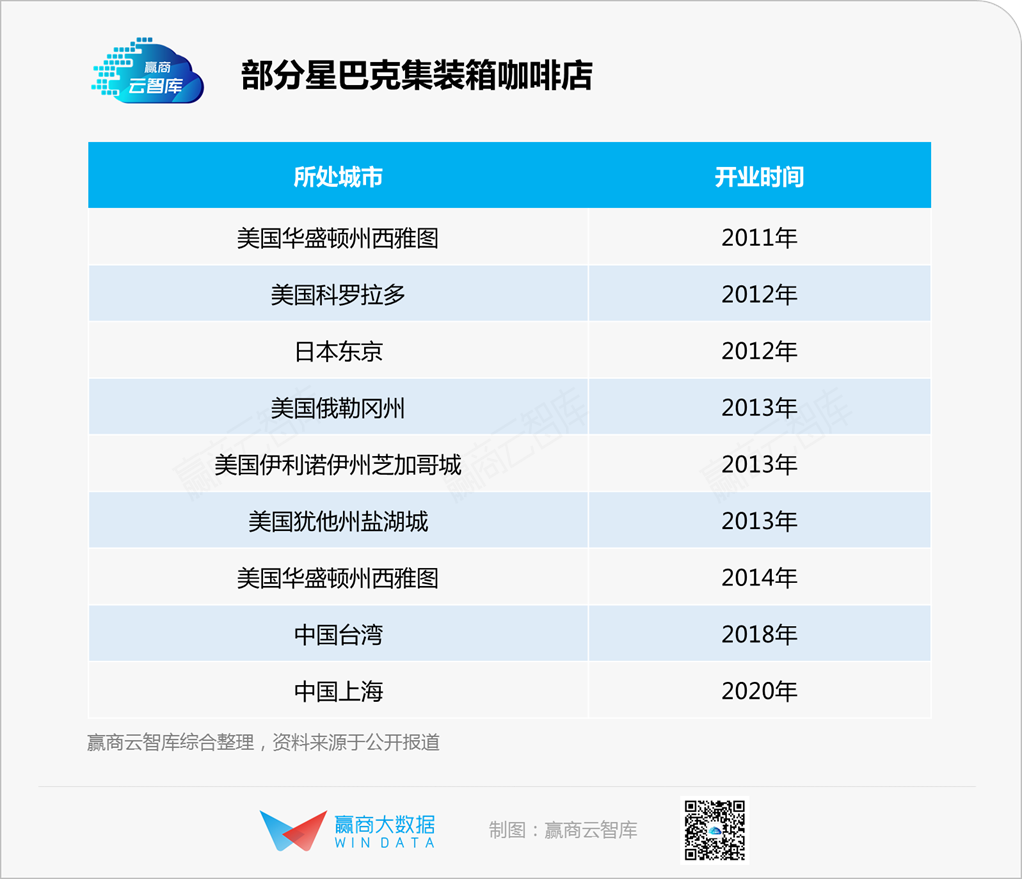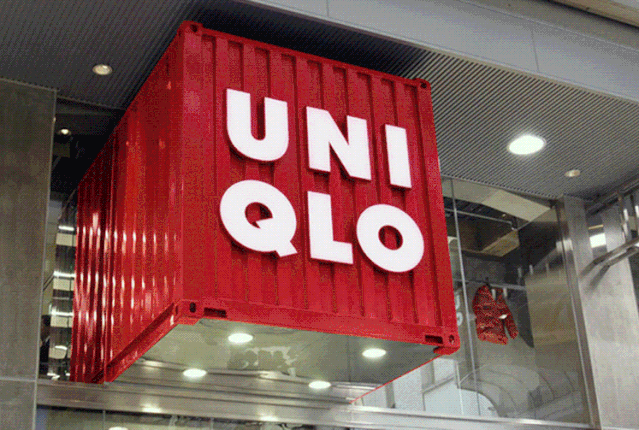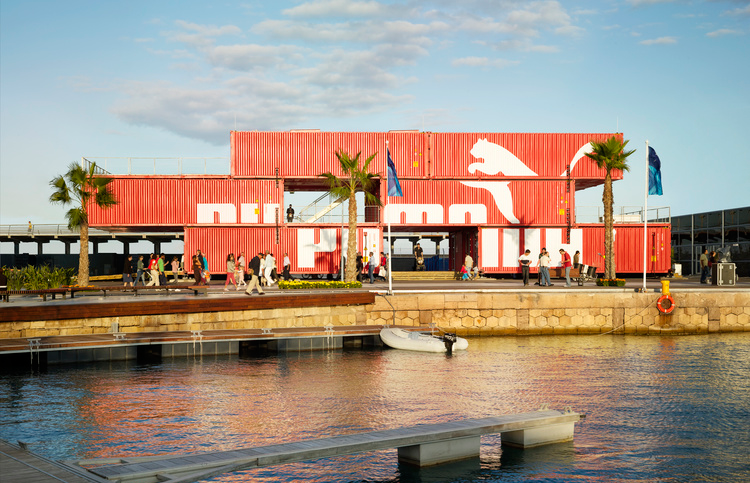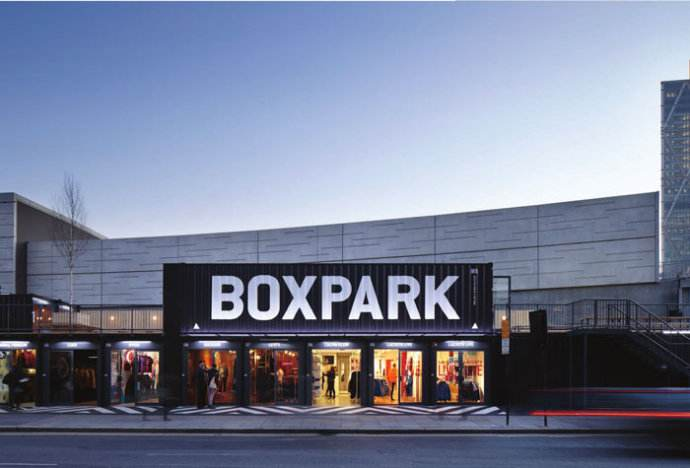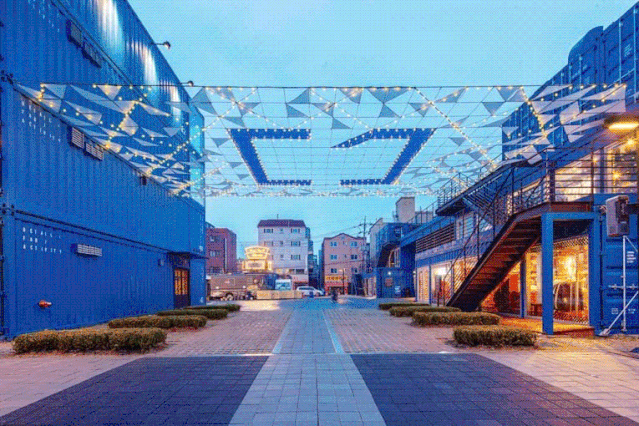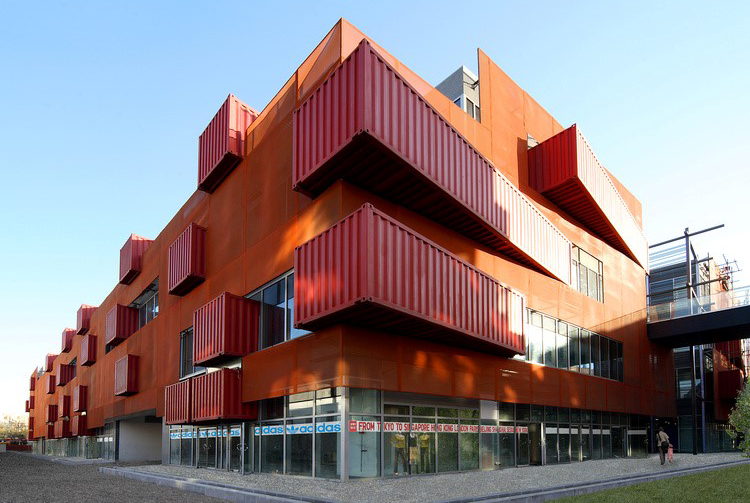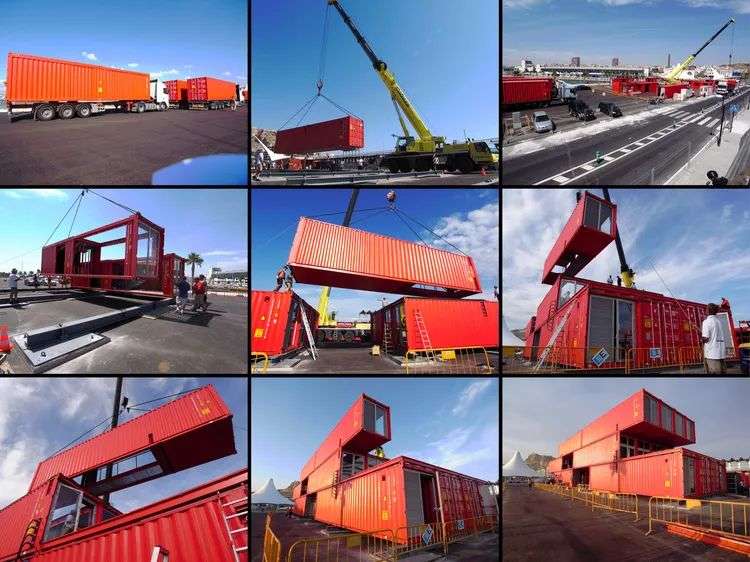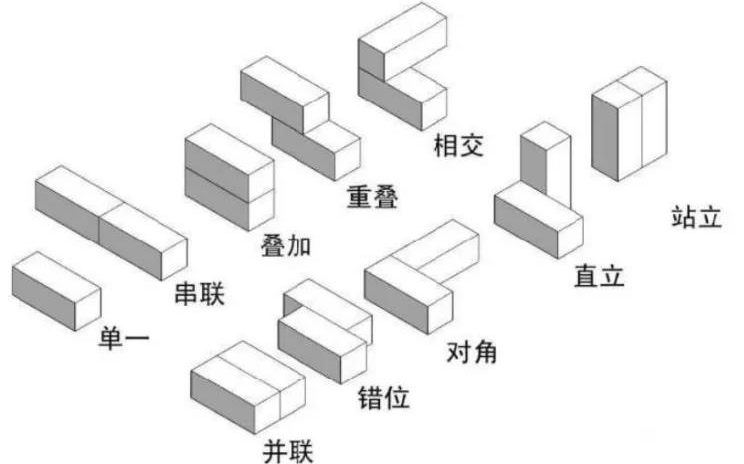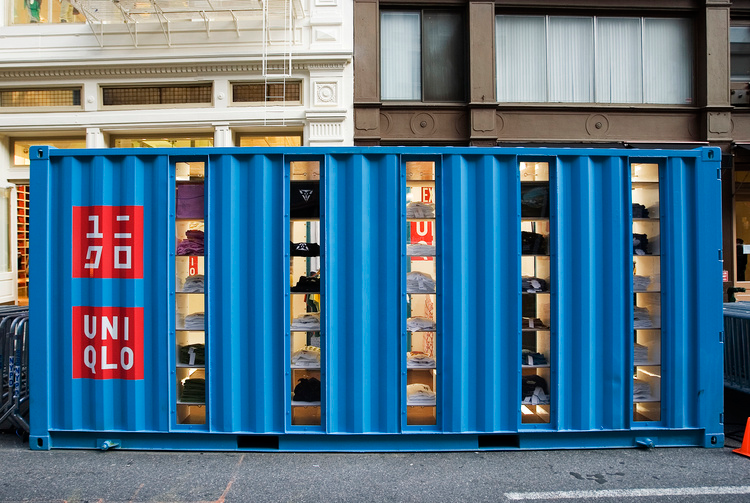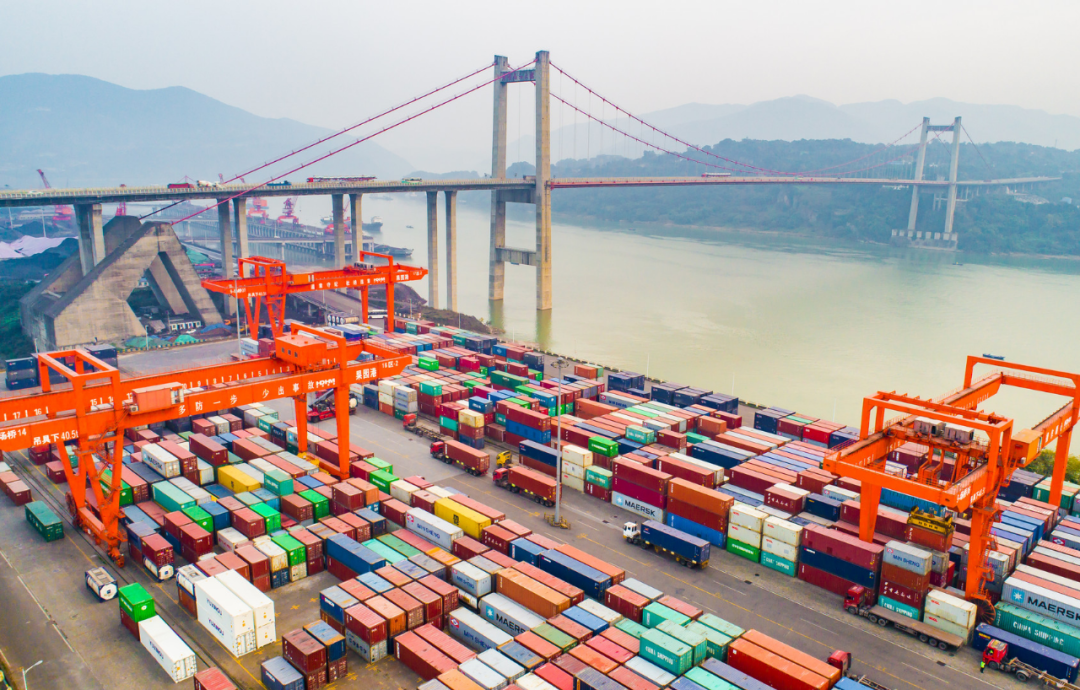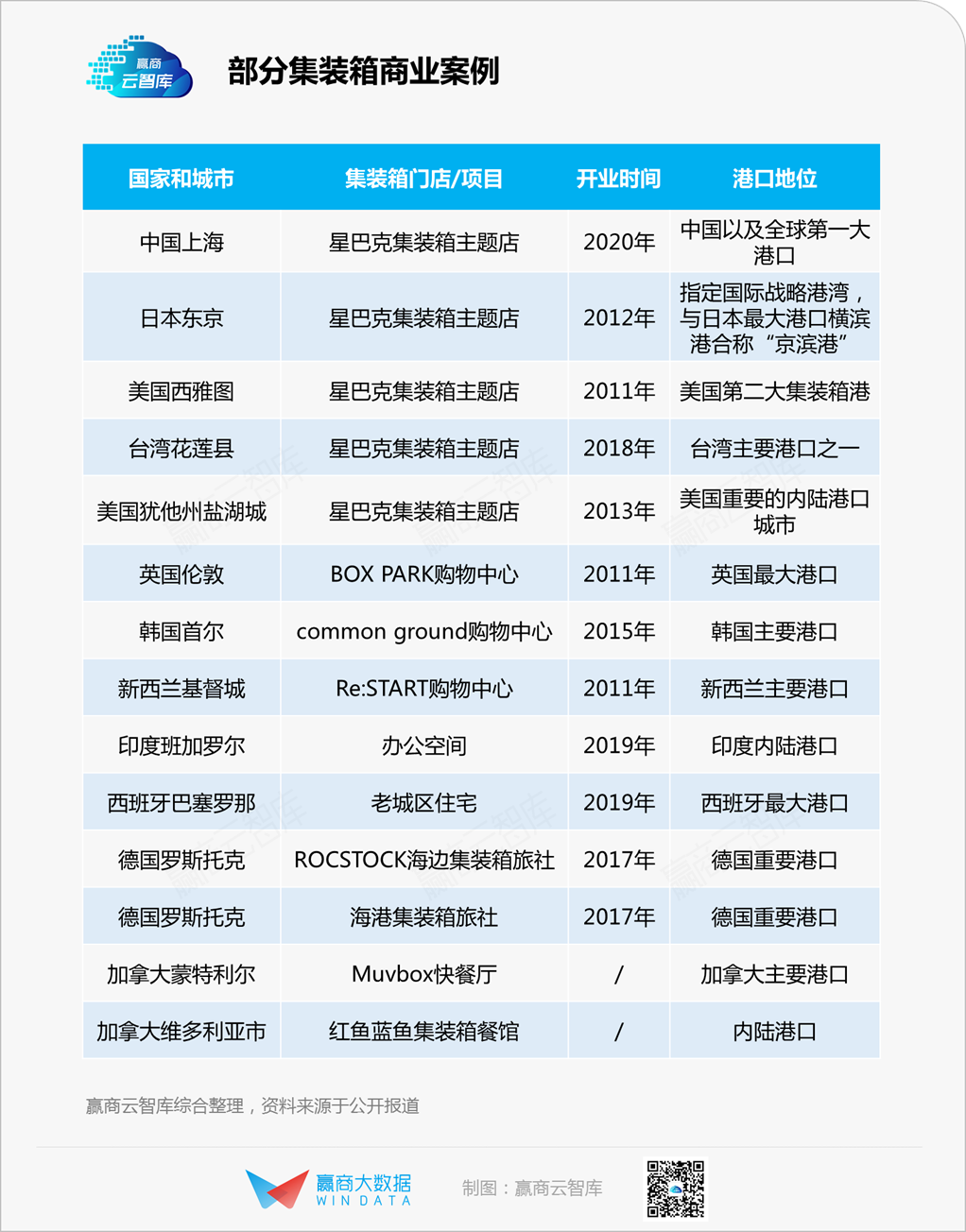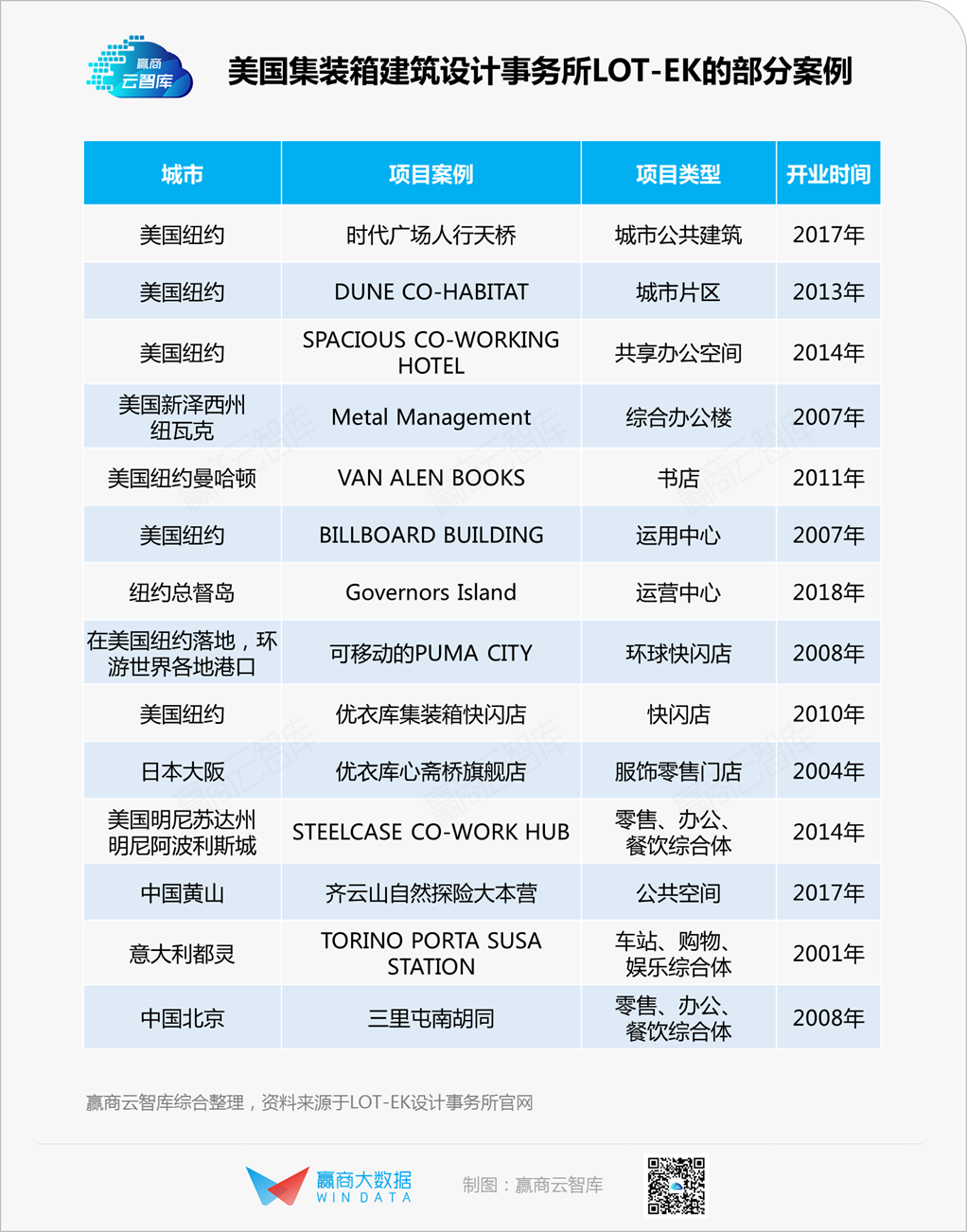As dull as it is, but cool, cute, and refreshing
Editor’s note: This article is from the WeChat official account “Win Business Cloud think tank “(ID: sydcxy2014) , author: Mia Zhang Xuemei.
This December
China Business ExperienceCreation section, “making” comes
Creating scenes, content, experience…
There is no “made”, there is no way out, only the unexpected
Open the door to the retail world,
You will find: They have already been “made”!
In the business world, trends are always reincarnation, and there is rebirth in reincarnation. The container is a new business element that continues to recycle.
The double-storey building, with 6 containers stacked in a strewn fashion, with open windows. The appearance is mainly wood color and white, revealing a sense of simplicity and art. The 800th Starbucks store in Shanghai is located in Baoshan Smart Technology Innovation Park.
It also has a new label, Starbucks’ first container coffee shop in mainland China and the 40th container coffee shop in the world.
◎Shanghai Starbucks Container Coffee Shop Picture source/Starbucks official website
In fact, in the commercial scene, the container elements have long been in the hands of architects and designers, forming a visual focus in the world. In addition to Starbucks, Uniqlo, Puma and other brands like it.
Container House was founded in 2014 and is a service provider of overall container house solutions. Its official website has collected and displayed more than 2,000 commercial application cases of containers from all over the world.
These cases have diverse spatial forms, almost all-encompassing, restaurants (including coffee shops), shopping centers, retail brand stores, Flash store/convenience store, fitness warehouse, hotel apartment, office space, market/town, sales office, etc. It can be said that in most common commercial consumer space areas, containers will be late at best, but will not be absent.
From London in the UK to Seoul in South Korea, Osaka in Japan, New York in the United States, and Shanghai in China, container commercial spaces are always given labels such as cool, unruly, inspired, and free, which are in sharp contrast to the original rigid, boring, and bulky containers. .
So, how does the container exit from the busy shipping terminal and become active in Flower World’s cool symbol?
01
Rigid container, the world is booming
■ For the container restaurant, Starbucks is the master
Container commercial spaces are the most common in restaurant scenes. Starbucks is a master, with more than 40 container coffee shops.
Starbucks’ “container complex” began in 2008. Back then, Arthur Rubinfeld, President of Global Development and Trade Architect of Starbucks, proposed the concept of “Green Coffee Shop”, which coincided with the transformation of containers.
In 2011, Starbucks opened its first container-themed store, located in Tukwila, a suburb of Seattle. The endless stream of consumers has allowed Starbucks to confirm the unique charm of the container theme store.
Since then, Starbucks container coffee shops have opened 3 to 4 new stores each year, successively entering Chicago, Illinois, North Glen, Colorado, and Portland, Oregon. Out of the United States, Starbucks container stores are still located in Tokyo, Japan and Taiwan, China.
When Starbucks container coffee shops are walking around the world, brands from all over the world have also discovered novel and interesting combinations of “container + catering” combinations.
A variety of Taiwanese container restaurants such as Guisensen, Bahanwei, Sunshine Manor, etc.; Indian INBOX restaurant, American RECORD STORE restaurant, Japanese Oishikana-sama restaurant, Dubai HEZO restaurant, Australia KLANG restaurant, Canadian Montreal Muvbox container fast food restaurant… …
They are all over the world, not as well-known as Starbucks, but they are enough to show that the restaurant industryState’s love for container elements.
◎Picture source of Taiwanese Korean Restaurant/Container House
■ Container retail stores, Uniqlo and Puma have a good heart
Brand retail stores are also one of the main application scenarios of container elements.
In 2006, Uniqlo freely launched a container pop-up store with the concept of “clothing warehouse” to assist new store promotions or special event installations across the United States. The project designer-LOT-EK, an American architectural design institute obsessed with container materials.
◎Image source/LOT-EK design firm official website
Like Uniqlo, the German sports giant Puma has also joined the ranks of container pop-up stores.
Puma has two container pop-up stores, both designed by LOT-EK. One is Puma City, which was completed in 2008. It can be disassembled and easily assembled. It is mounted on a freighter for ocean transportation, and then circulated in port cities around the world, becoming a unique “brand ambassador”. Another PUMA DDSU was completed in 2010 in the year of the World Cup.
◎Image source/LOT-EK design firm official website
■ Container shopping malls, more cool ways to play
The shopping mall, which is a comprehensive consumer place, is also a place where cool containers appear. There are many cases of container shopping malls in the world, especially in Europe, America, Japan and South Korea.
BOX PARK in London, UK is the world’s first pop-up container shopping mall, run by the famous designer team BDF. After a year of construction, it opened in 2011.
BOX PARK is a long building constructed of more than 40 containers with an average of about 30 square meters. It can accommodate 60 stores, including brands with own traffic such as PUMA and NIKE, as well as independent brands that are rarely seen in the market. ,designer brand.
◎Image source/LOT-EK design firm official website
Korea’s first pop-up container theme shopping mall, COMMON GROUND, is built with more than 200 blue containers and has a total area of about 5,500 square meters. It has been in operation since 2015.
COMMON GROUND consists of two 3-story buildings and a central plaza. The first and second floors are dominated by fashionable clothing and creative accessories, and the third floor is an open-air balcony and gourmet area. In addition, COMMON GROUND will also hold events and exhibitions from time to time to echo its cultural and creative concept.
◎Image source/herenow.city
The trend of container shopping malls has also swept into China. Beijing’s Sanlitun South District is also an example of a container shopping mall. The designer LOT-EK of the United States used concave-convex containers to express Beijing Hutong culture. In Changsha, the container shopping mall tinkers with violent colors, as well as time tunnels, 3D graffiti walls, jungle mazes and other characteristic themed areas, which conform to the local entertainment temperament.
◎Beijing Sanlitun South Container Shopping Center Photo Source/LOT-EK Design Office Official Website
The above-mentioned various forms of container commercial space cases are just the tip of the iceberg and cannot be exhausted one by one. With the increasing emphasis on scene innovation, the container trend continues to sweep the world.
02
Containers become popular business scenarios,
What’s the secret?
The container is a very inconspicuous object no matter how you look at it. The “sweet pastry” that has transformed into a variety of commercial spaces is precisely connected with its humble characteristics.
■ The ready-made frame structure is simple and reliable, easy to disassemble and assemble
Containers are mainly processed from corrugated steel, weathering steel, aluminum alloy, wood and other materials. After modernization and improvement, the container material can be waterproof, moisture-proof, lightning-proof, and noise-proof, and because of its good shock resistance, it is often used in school construction in Japan and South Korea.
The ready-made frame structure is convenient to assemble, disassemble, and transport, and the cost is low. It is especially suitable for building brand pop-up stores, or short-term project commercial venues and scenes.
The service life of containers is generally 10-15 years, and good maintenance can reach 30 years. Within the effective time, it can be recycled and reused to improve use efficiency.
◎Image source/LOT-EK design firm official website
■ Assemble like Lego bricks, tolerate different cultural personalities
Besides being reliable, container materials are extremely inclusive.
Square steel frame structure, rough grain, without any fancy design. This simple and even monotonous characteristic can control a variety of commercial and cultural forms, just like white paper is most suitable for graffiti.
Whether it is a new container customization or an old container transformation, a container is an enlarged building block. The neat and uniform box shape contains the simplicity of modern architectureGeometric aesthetics, flexible The changeable combination form is full of childishness and full of personality.
◎Image source/material online
Based on the above characteristics, architects play with container “Lego blocks” and superimpose design techniques. The “silly big black thick” container is reborn in the business world.
Among Starbucks’ 40 container-themed stores worldwide, the Hualien store in Taiwan and the Tokyo store in Japan were designed by Japanese architect Kengo Kuma himself.
In the Hualien store in Taiwan, Kengo Kuma used more than 20 pure white containers, stacked in 4 layers and staggered, with the boxes diverging around, varying in length, light and three-dimensional. The starbucks mermaid logo in white and green is inlaid in a pure white container.
The colorful mosaic wall at the back enhances the three-dimensionality and recognition of the white container body, and neutralizes the large areas of pure white.
◎Picture source of Starbucks container coffee shop in Hualien, Taiwan/Starbucks official website
In the Starbucks Tokyo container-themed store, Kengo Kuma used staggered wooden sticks to decorate, creating an appropriate hollow and transparent feeling, which is environmentally friendly and at the same time shows the simplicity and subtlety of Japanese aesthetics.
The Starbucks container coffee shop under Kengo Kuma is fresh and simple; while Puma City designed by LOT-EK gives the container a sense of enthusiasm and boldness.
The store is composed of 24 containers in a three-story building. The red boxes are staggered out of the dynamic space, and the puma classic white logo is split, highThe container pop-up store in Yiku consists of two 20-foot-long container boxes, one bright yellow and one dark blue. The slender glass window not only serves as a display window, but also cuts large areas of bright yellow and dark blue to break the crampedness of the flash space. Traveling around the United States, wherever you go, you are the most beautiful boy.
◎Uniqlo container pop-up store source/LOT-EK design office official website
03
The place where the container is out of the ring,
Prefer traditional port cities
At the beginning of the 20th century, the United States already used containers for transportation.
The container terminal transportation system invented by “Father of Containers” McClein, only began to spread in the United States after World War II, and spread to the world after the Vietnam War in the 1970s.
In the 1990s, the container shipping industry was at its peak. High standardization, high mechanization, and low-cost characteristics have reduced global transportation costs by more than 95%, greatly increased efficiency, and accelerated globalization.
The square iron box has become an important force to change the world economic and political structure-the global supply chain has become possible, and many coastal countries and cities have risen.
◎Image source/Photograph
Since the 70s, there have beenDesigners began to try to use some containers that were about to be “retired” for architectural design. After 2000, the related construction operations of container buildings became more standardized and normalized, and in the next 20-30 years, they will be used in residential and mass consumer businesses. Scenes.
Behind each of the distinct cases, there is a convergence in their location selection-port cities that have prospered because of the transportation industry.
The economy of these cities has undergone rapid development due to the container transportation industry. Containers have become part of the profound historical and cultural accumulation of these port cities, which cannot be erased.City memory. And this kind of urban memory, in turn, provides the soil for the commercialization of containers. Regarding this point, you can see it from the following chart case.
In the architectural design world, there is an important rule: Architecture never exists independently, but exists in a specific humanistic environment. In Kengo Kuma’s words-a good building must grow with the earth and possess indivisible power. He particularly disliked the many skyscrapers that emerged in the 20th century that were isolated from the environment.
Therefore, container commercial entities have emerged in many port cities around the world.
Even the container building design must be rooted in the shipping economic and cultural soil of the city and specific location. Take Starbucks as an example. Most of its 40 container stores are located in important port cities.
Hualien County, where the Hualien store in Taiwan is located, is on the east.The vast Pacific Ocean is one of the main ports in Taiwan. In 1963, the Hualien Port Office was established. By 2014, Lianhua County has 25 wharves with an annual handling capacity of 34 million tons.
Shanghai, where the world’s 40th container store has landed, is the world’s largest port. In 2019, the port’s container throughput exceeded 4000Million standard standard box. In addition, Wisdom Bay Science and Technology Park is adjacent to Wanzaobang, a tributary of the Huangpu River, which can navigate a hundred-ton cargo ship and naturally has container elements.
The container pop-up stores of Uniqlo and Puma were first selected in New York. This land of desire is the home of vigorous and rebellious rock and roll, and it is the largest city and the first major port in the United States.
The LOT-EK design firm chose the base camp here to “cultivate” container buildings from the container soil.
Throughout the history of container development, in the 1990s, as the most efficient means of transportation, containers were widely used all over the world. That was the first time that containers changed the world.
In just 20 to 30 years, containers have moved out of the transportation industry and entered the commercial space extensively, becoming a unique landscape. The world dominated by steel and concrete has a lot of creativity and interest. It is not an exaggeration to say that containers have changed the world for the second time.
According to the observation of Yingshang Cloud Think Tank, in recent years, the container business scene has gradually formed an industrial chain in China, and many companies that provide container business space solutions have been derived. So, how does the domestic interpretation of containers in China differ from those in Europe and the United States? We continue to pay attention to the next article.
